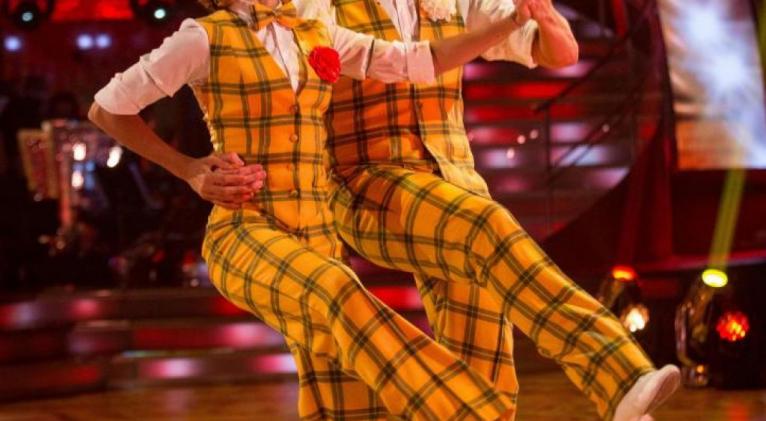Where do the Charleston, Argentine tango, Paso Doble, salsa, Viennese waltz, rumba and foxtrot dances on Strictly come from?

What dances are in Strictly Come Dancing?
There are three categories of dances on the show – Ballroom, Latin American and Speciality.
The stars of the show undertake a number of different dances from the various categories and battle it out for judges and viewer votes.
The highest score they can get for a dance is 40, which is 10 from each judge.
In the Strictly final, the couples select their favourite routines from the series to perform again.
What are the Ballroom dances? Where did they come from?
The following dances are performed in the Ballroom category:
- Foxtrot
- Quickstep
- Tango
- Viennese Waltz
- Waltz
- Foxtrot
Foxtrot
The foxtrot is characterised for its continuous flowing movements around the room.
The exact origin of the dance is unknown. One theory is that it took its name from dancer and comedian Harry Fox in the 20th century.
It is also thought to have been made popular by husband and wife duo Vernon and Irene Castle, who were ballroom dancers at the time.
Quickstep
The light-hearted quickstep is one of the standard ballroom dances and was developed in the twenties in New York.
It was first danced by danced by Caribbean and African dancers and has roots in both the foxtrot and charleston.
Tango
The dramatic tango originated in the 1880s near Argentina and Uruguay and spread like wildfire around the world.
Viennese Waltz
The Viennese Waltz is known as the original form of the waltz, and is a rotary dance where dancers are constantly turned towards the leader’s right or left side.
The dance that is popularly known as the waltz is actually the English or slow waltz.
As the name suggests, the slow waltz is danced at approximately 90 beats per minute with three beats to the bar, while the Viennese Waltz is danced at about 180 beats a minute.
The Viennese Waltz is the oldest current ballroom dance and emerged in the second half of the 18th century.
What are the Latin American dances? Where did they come from?
The following dances are performed in the Latin American category:
- Cha Cha Cha
- Jive
- Paso Doble
- Rumba
- Samba
Cha Cha Cha
The lively Cha Cha Cha is an American dance that has origins in Cuba.
It was originally danced to Cha Cha Cha music by the Cuban composer Enrique Jorrin in the early 1950s.
Jive
The jive came from African-Americans in the early 1930s in the US.
It grew in popularity in 1934 by singer and bandleader Cab Calloway.
Paso Doble
This Spanish dance is thought to be based on typical Spanish dances of the 16th century.
In the 18th century it was incorporated into comedies and later in the 19th century became linked to bullfights.
Now the song is played as the bullfighters enter the ring, or just before a kill, and the dance is used to mimic the fight.
Rumba
The term rumba is synonymous for "party" in northern Cuba.
It entered the English lexicon in the early 20th century, as early as 1919, but the dance was developed by Afro-Cuban workers in the neighbourhoods of Havana and Matanzas.
Samba
The samba is a music genre and dance that has roots in Africa and the West African slave trade, although it was derived in Brazil.
It's now recognised around the world as a symbol of Brazil and Carnival.















Add new comment